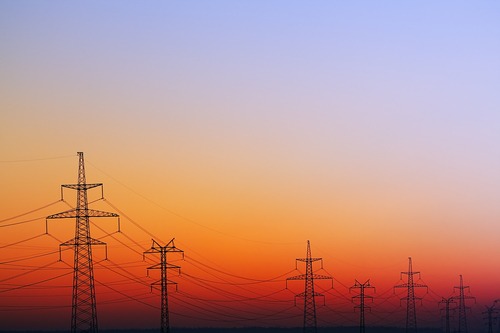EIA details strength of U.S. power grid’s interconnected systems

In a recent publication by the U.S. Energy Information Association (EIA), the U.S. power grid was demonstrated to be a highly complex system of interconnections and balancing authorities that ensures the stability and reliability of services to 145 million customers.
The numbers behind the national power systems are substantial – it takes more than 7,300 power plants, slightly less than 160,000 miles of high voltage power lines, and millions of miles of low voltage power lines to deliver electricity across the country.
Part of the way stability is maintained is through a chain of nested networks, with each smaller, local grid connected to a larger network. Three main interconnections span the lower 48 states – the Eastern Interconnection, which spans the region east of the Rocky Mountains; the Western Interconnection, which covers areas west of the Rocky Mountains; and the Electric Reliability Council of Texas, which handles nearly all of the state of Texas.
These networks together provide the redundancy that guarantees network stability, as well as creating multiple routes for energy flow in the case of outages. Managing the whole grid is a team of balancing authorities whose role involves the management of supply and demand in real time across the grid, including the negotiation of transfers with other regions.
